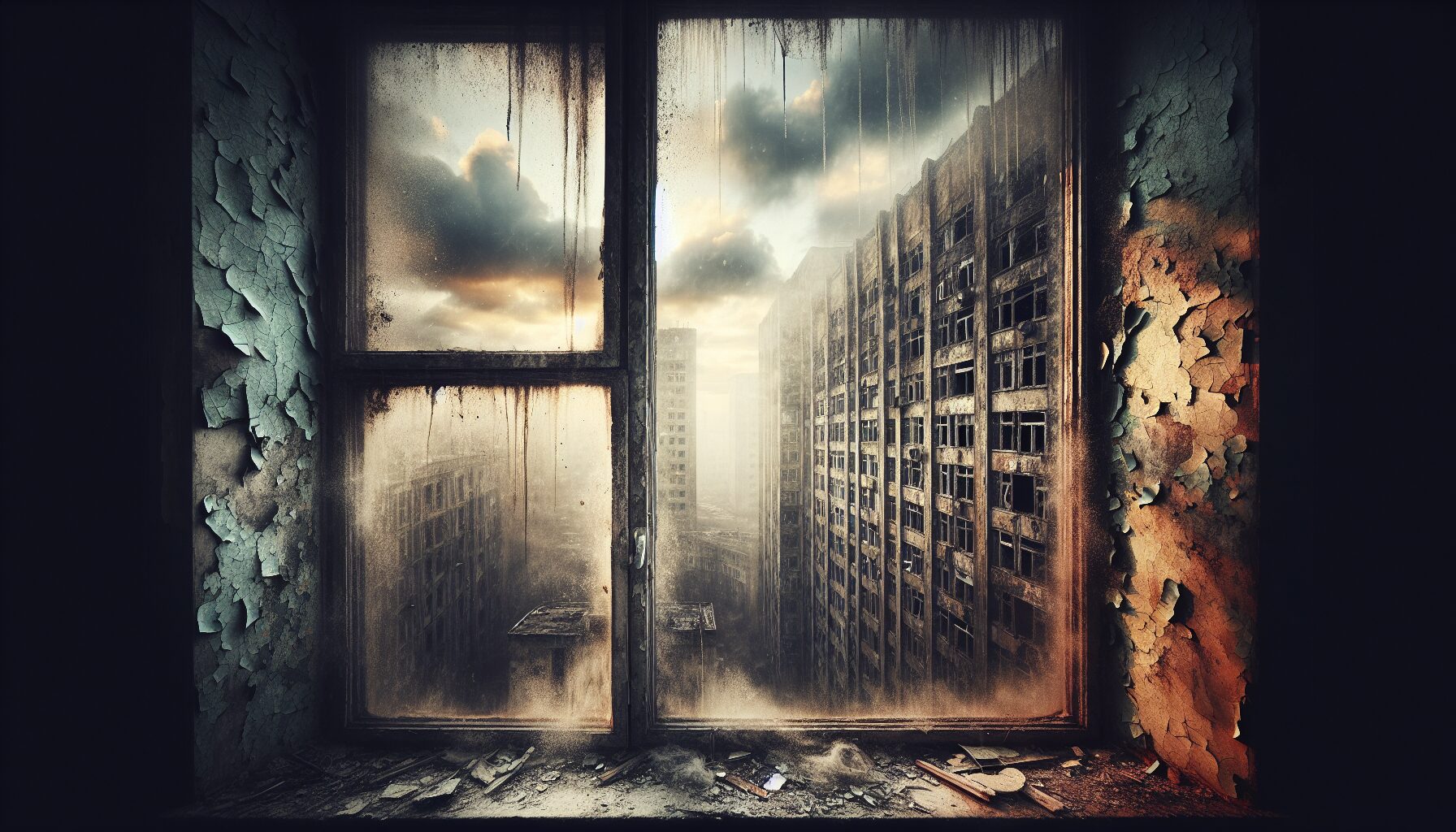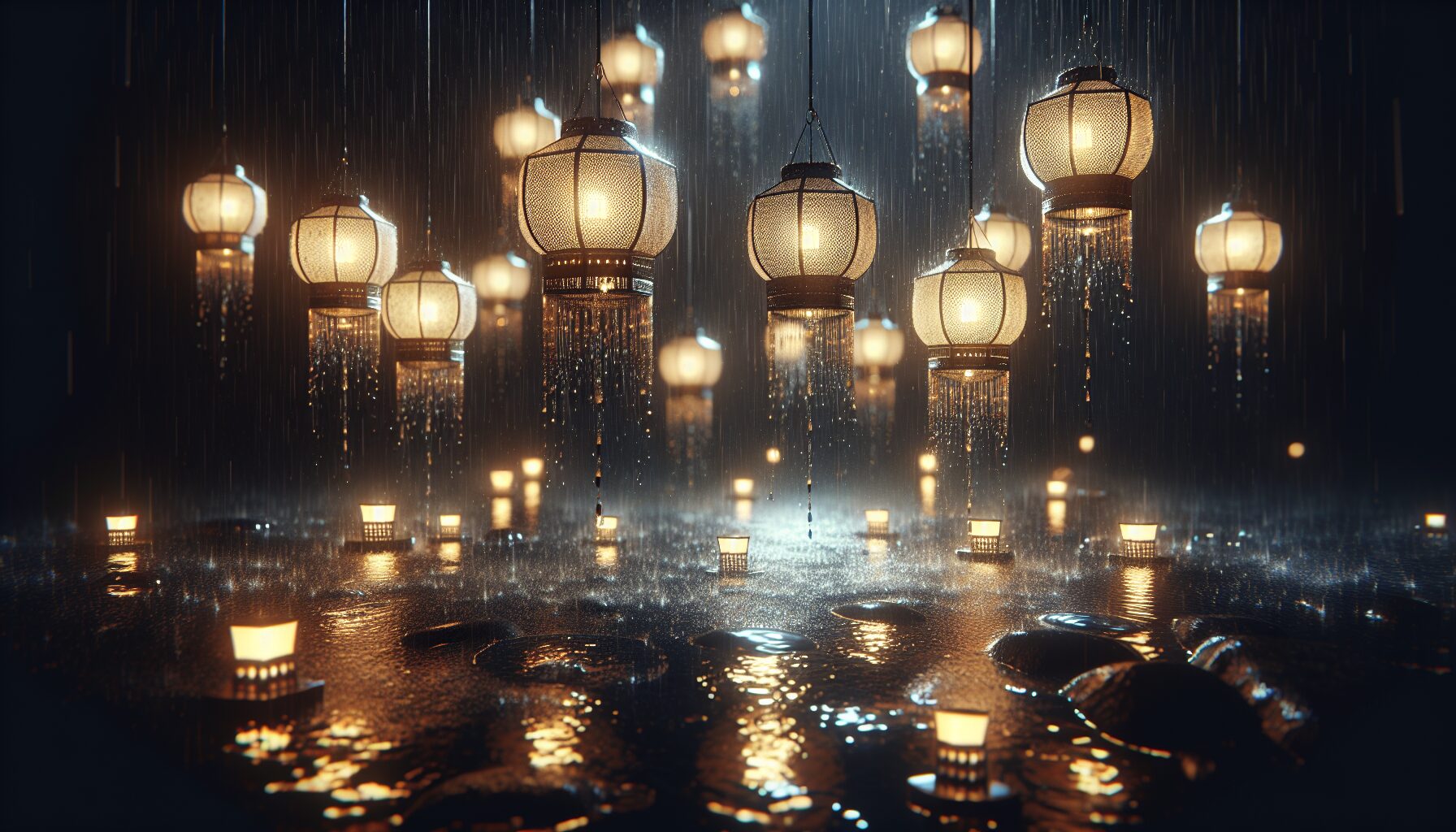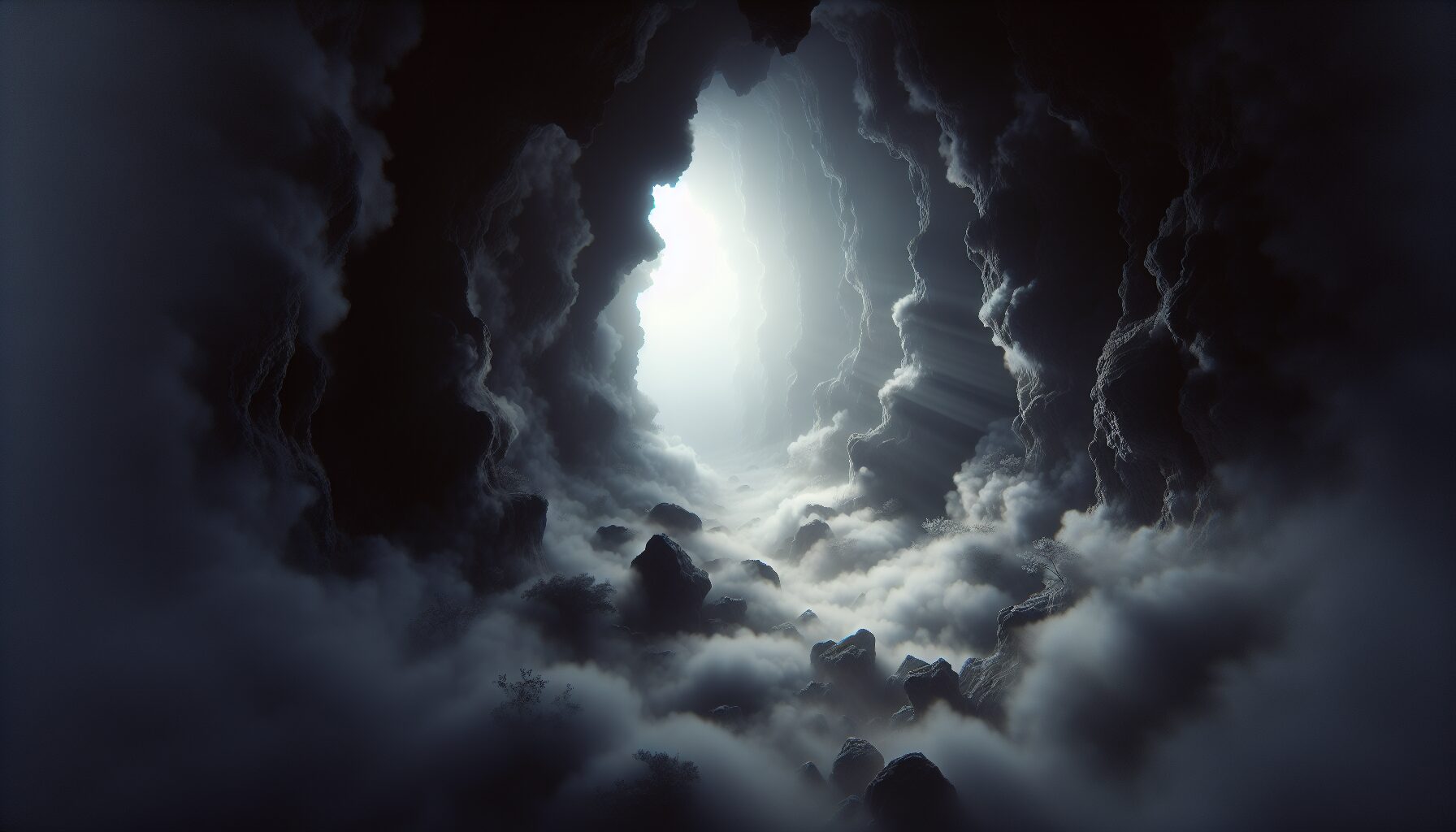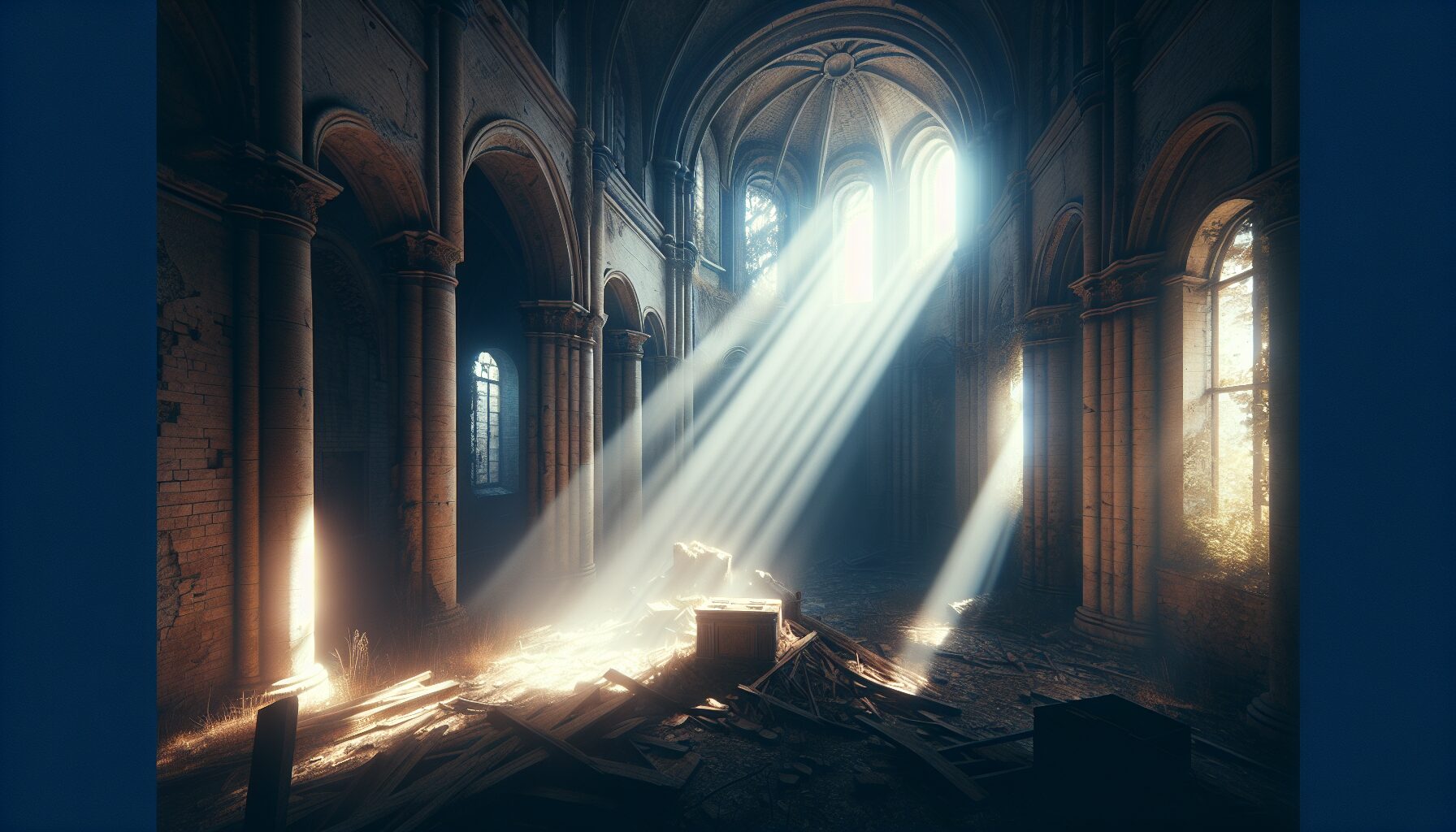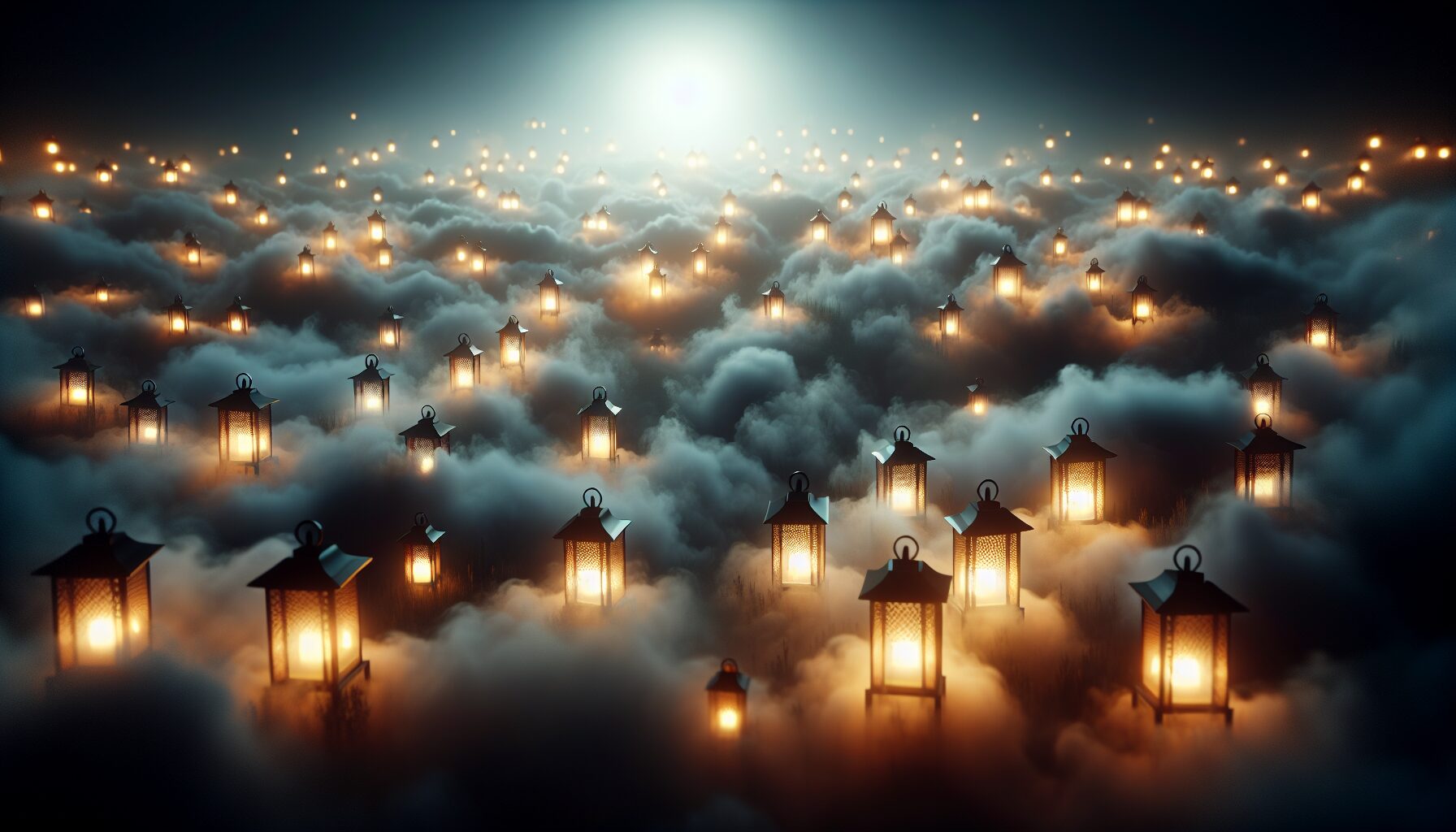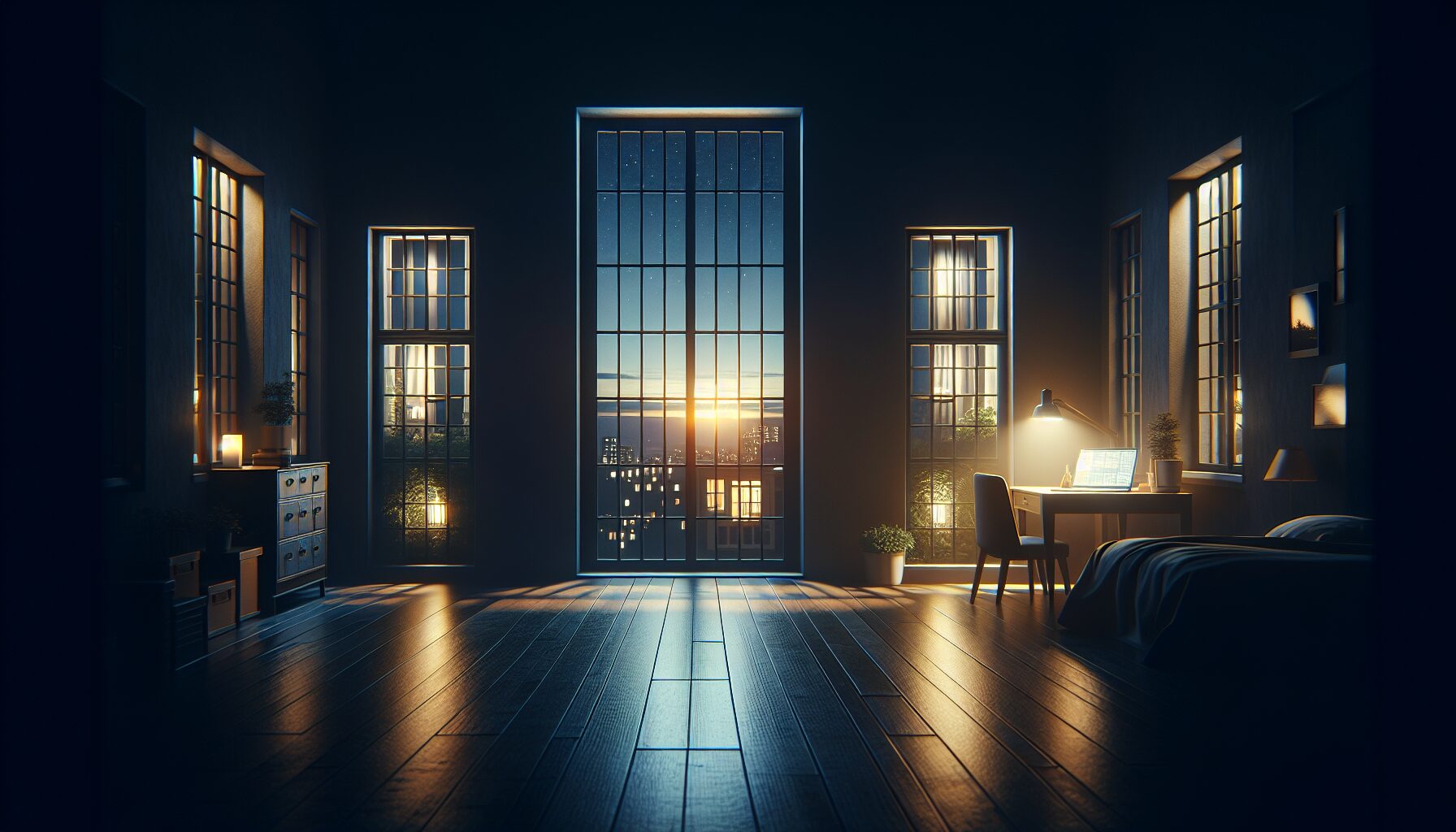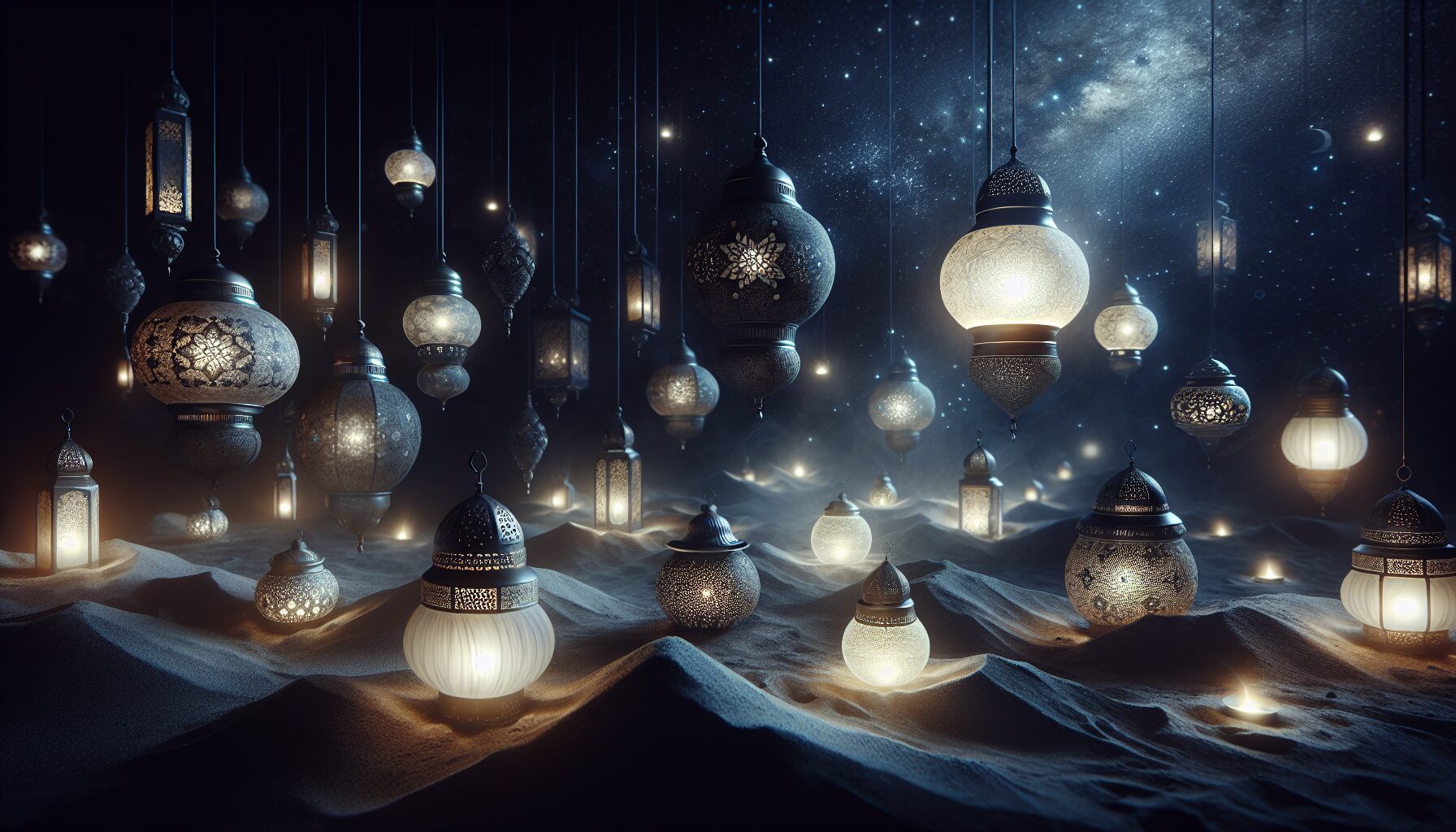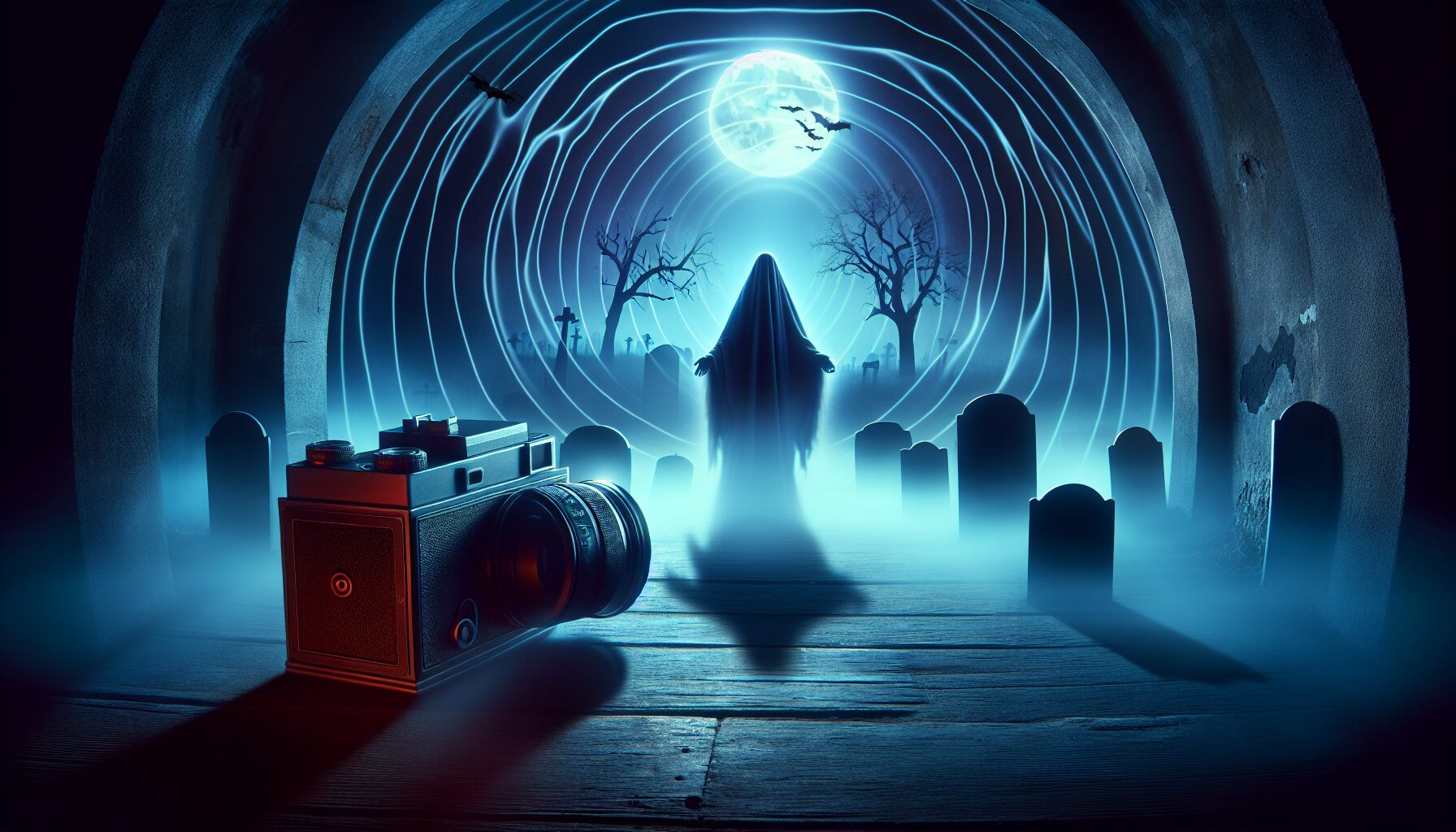Urban decay photography is an art form that invites the viewer to explore the beauty in desolation and abandonment, capturing scenes of neglect while evoking a sense of history, nostalgia, and sometimes eeriness. With dusty windows, peeling paint, rusting metal, and overgrown vegetation, these images speak volumes about the passage of time and the stories that have unfurled within these aging structures.
The Allure of Urban Decay Photography
The attraction to urban decay photography often stems from its ability to evoke emotions that are both haunting and profound. This genre taps into the human fascination with ruins and their historical significance. As structures crumble, they tell the stories of the people who once inhabited them, their dreams, their failures, and ultimately, their abandonment.
“Ruins are the visible symbols and landmarks of our societies and our cultures. They are the unconscious projections of our own desires. They are the places people want to escape to.” — The New York Times
- Nostalgia and History: Many photographers are drawn to the historical aspect of urban decay. They relish the opportunity to document once-thriving institutions now succumbing to the march of time.
- Textural Beauty: The textures found in decaying environments—the cracked walls, peeling wallpaper, and rusting metal—provide a canvas that is unmatched by new and pristine edifices.
- Mood and Atmosphere: The moodiness of a decaying urban landscape provides photographers with a backdrop that no studio could replicate. It’s real, raw, and tangible.
The Techniques Behind Capturing Decay
To effectively photograph these decaying urban landscapes, photographers employ a variety of techniques. Craftsmanship is key in capturing the right ambience and detail.
- Lighting: Natural light is often the photographer’s best friend when capturing the somber tones of urban decay. The play of shadows and light through broken windows and door frames can dramatically enhance the moodiness of the image.
- Composition: Effective composition is essential to tell the story behind the decay. Positioning elements such as staircases, corridors, and broken windows can guide the viewer’s eye through the scene.
- Post-Processing: Post-editing software allows photographers to enhance details and textures that might not be immediately visible. Converting images to black and white can heighten the sense of nostalgia and mood.
Ethics and Safety in Urban Decay Photography
While the allure of capturing the sublime beauty of decay is strong, photographers must also remain aware of the ethical and safety considerations involved.
- Permission and Trespassing: Many abandoned sites are private property, and entering without permission can be illegal and dangerous. It is crucial to seek proper authorization before venturing into such areas.
- Safety Precautions: Old buildings can be structurally unstable, presenting risks like falling debris or weak floors. Photographers need to take precautions such as wearing sturdy footwear, using masks, and having a reliable light source.
- Respect for History: Urban decay photographers are stewards of the past. It’s important to document with integrity, ensuring that these forgotten places are preserved through photographs without causing damage or disturbance.
“Ethically, you shouldn’t alter what you find. These places tell a story, and it’s not our place to say what that story should be—or to rearrange it for aesthetic reasons.” — PetaPixel
Notable Urban Decay Photographers
Several photographers have made significant contributions to the field of urban decay photography. Their work captures the essence of this unique art form and inspires upcoming photographers.
- Camilo José Vergara: Known for documenting the decline of urban America, Vergara has an extensive archive that paints a vivid picture of cities like Detroit.
- Tom Kirsch: Founder of the website Opacity, Kirsch’s work focuses principally on the grandiose architecture of abandoned hospitals, factories, and asylums.
- Yves Marchand and Romain Meffre: Their joint work on abandoned theaters and factories celebrates the detailed decay of stunning architecture.
The Creeping Impact of Urbanization
Urban decay photography also serves as a commentary on the effects of urbanization. As cities grow and change, old buildings are often left behind, their stories obscured by the modern world. Through the lens of these photographers, viewers are forced to reckon with the transient nature of human-built environments and the continuous cycle of development and obsolescence.
These photographs do not just display the past; they push viewers to ask critical questions about industry, economic shifts, and social changes. Why were these places abandoned? What forces led to their negligence? In pondering these questions, urban decay photography highlights the impermanence of our creations and the enduring nature of nature itself.
Conclusion
Urban decay photography, with its dusty windows and haunting emptiness, is more than just an artistic pursuit; it’s a chronicle of time and transformation. It invites us to consider not only the narrative of the structure itself but also the broader societal changes it represents. In the textures of rust and dust, we find not just decay, but a dialogue with the past.
